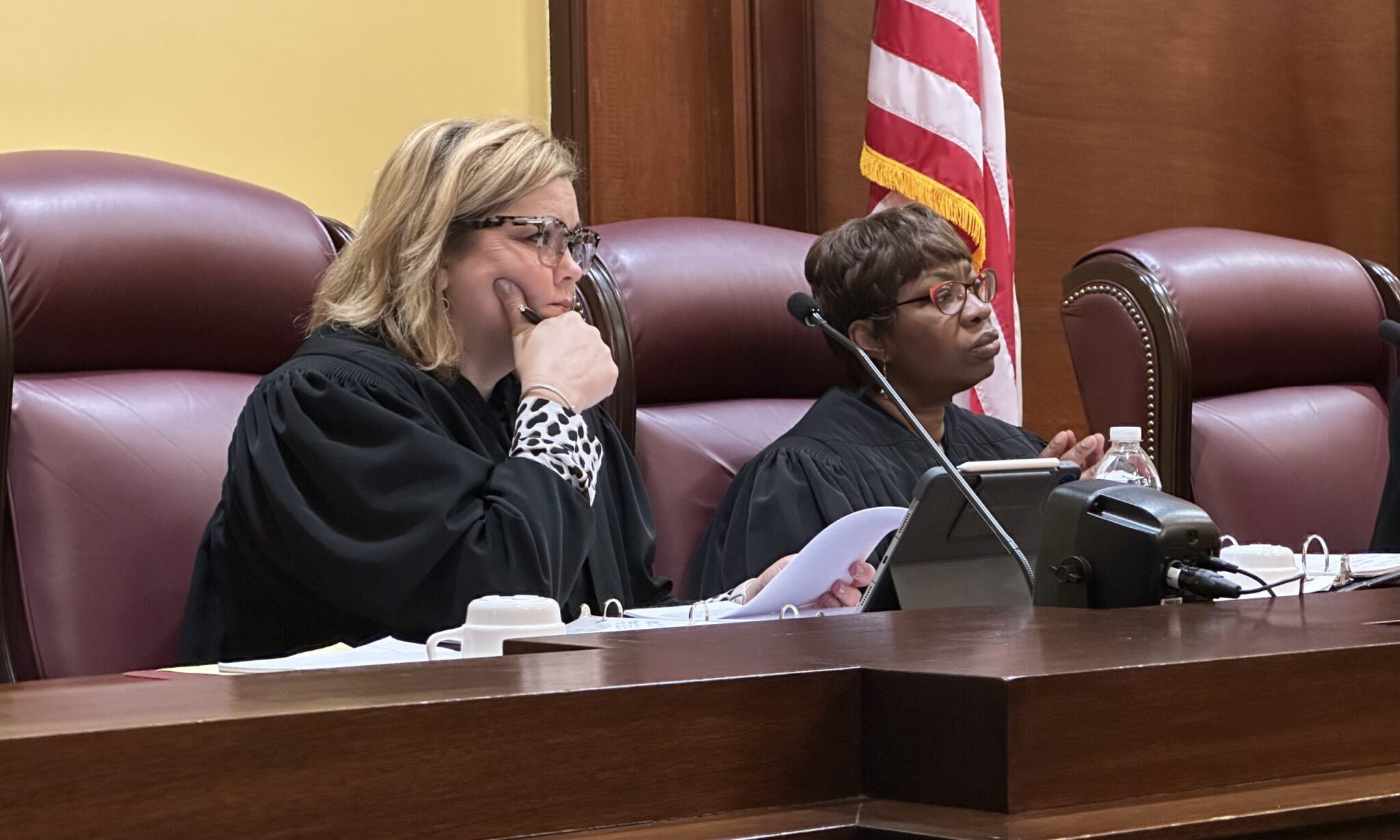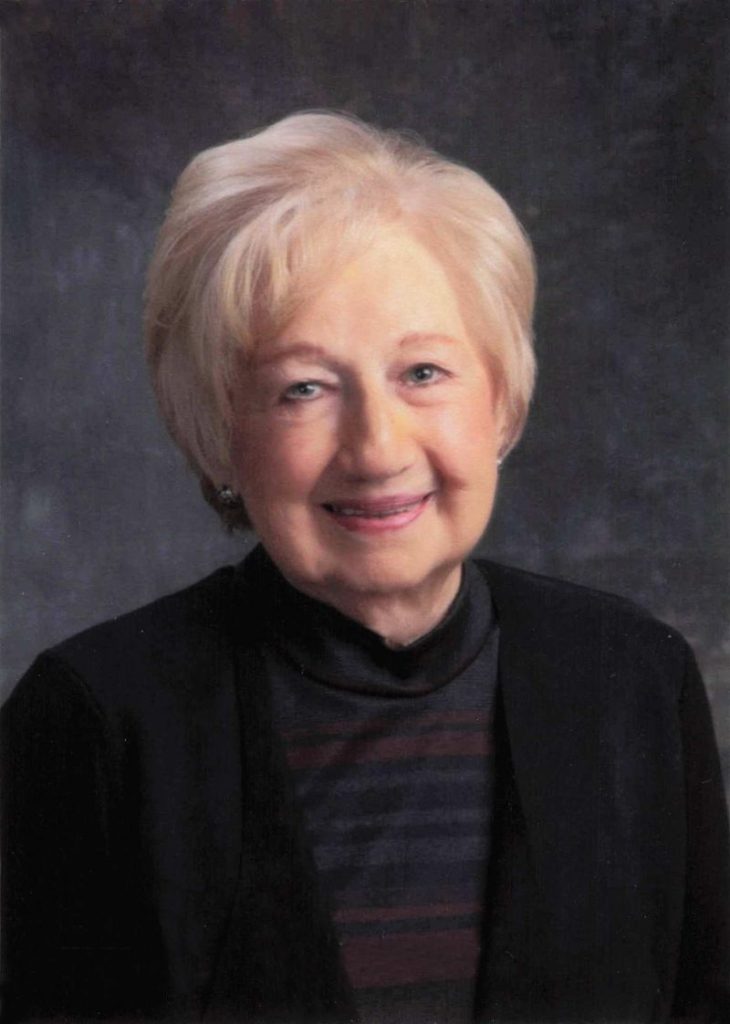Missouri Supreme Court upholds state Senate district map drawn by judicial panel

A state Senate district map drawn by a judicial commission meets state and federal constitutional requirements and will not be changed, the Missouri Supreme Court ruled Wednesday.
In a 5-2 decision handed down just two weeks after hearing oral arguments, the court upheld a trial court opinion that rejected the challenge to districts that split Buchanan County on the western side of the state and Hazelwood in St. Louis County. If the court had overturned the trial court, new maps for those districts would have been needed by Feb. 27, when filing opens for this year’s elections.
The majority opinion, written by Judge Kelly Broniec, recognized that redistricting is a political process and courts should be reluctant to interfere with it.
“This Court will not interfere with the political process by finding a redistricting map unconstitutional ‘unless the plaintiff proves that it clearly and undoubtedly contravenes the constitution,’” Broniec’s opinion states, quoting an earlier precedent.
The case is the first brought under a redistricting process that was substantially changed from the one in place previously. Legislative district maps are revised every 10 years after the census to reflect population shifts.
After an initiative petition called Clean Missouri successfully rewrote the process in 2018 to make partisan fairness a top priority, it was revised in 2020 through a constitutional amendment proposed by lawmakers.
The 2020 changes promoted maps that did not split cities or counties unless necessary to achieve population equality. The new redistricting scheme also limited court reviews to the maps of individual districts and only allowed cases to be brought by voters within the districts being challenged.
If a district crosses no political boundaries, it is allowed to deviate by as much as 3% from the ideal population. If it does, the deviation can be no more than 1%.
“There was substantial evidence supporting the circuit court’s finding that the deviations in the Senate map were the result of considering population equality and compactness,” Broniec wrote in the majority opinion.
In a dissenting opinion, Judge W. Brent Powell wrote that the districts being challenged are unconstitutional because they deviate more than 1% from the ideal population and fail to put Hazelwood and Buchanan County in single districts.
“What is fundamentally clear from appellants’ challenge to the Senate map is their vote has been diluted,” Powell wrote. “Their communities, Buchanan County and Hazelwood, have not been preserved, and, as a result, they are unable to vote in unison with their neighbors to voice the concerns and desires of their individual communities.”
The maps being challenged were drawn by the Judicial Redistricting Commission, a panel of appeals court judges who were appointed to do the work after a bipartisan citizens’ commission could not agree on a plan.
The plaintiffs in the case, one a resident of Hazelwood and the other a resident of Buchanan County, wanted to redraw the lines for 13th and 14th districts in St. Louis County and to revise the boundaries of the 12th, 21st and 34th districts in northwest Missouri.
Half of the 34-member Senate is elected every two years. This year, odd-numbered districts are on the ballot.
Miss Clipping Out Stories to Save for Later?
Click the Purchase Story button below to order a print of this story. We will print it for you on matte photo paper to keep forever.

